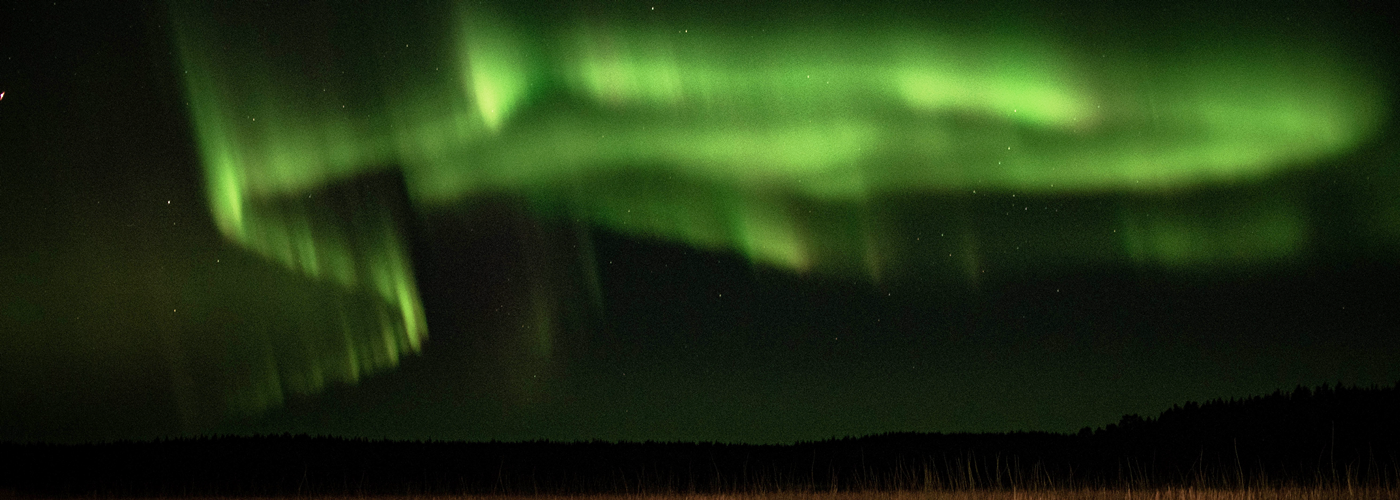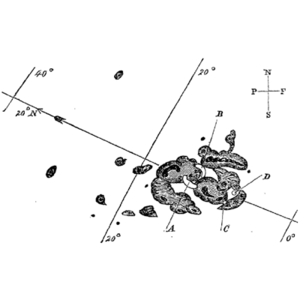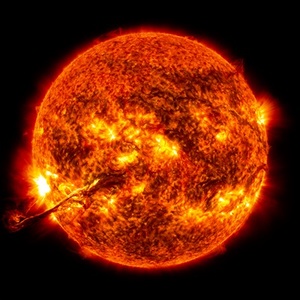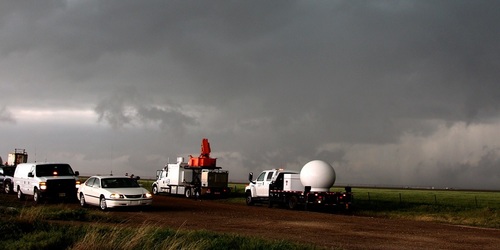

It's a natural disaster that hasn't impacted Earth on a major, global scale since 1859. Geomagnetic storms like the Carrington Event of September 1859 have the potential to cause major damage to electronics, power grids, satellites (including those used for GPS navigation), as well as posing an increased radiation risk to astronauts and airline passengers who are traveling over the polar regions. In order to improve warning lead times in the case of a future major geomagnetic storm, and also provide better situational awareness for power grid operators to mitigate damage to the electrical infrastructure, NASA and the National Science Foundation have created a program called Space Weather with Quantified Uncertainties (SWQU).
The SWQU program brings together scientific research teams across many different disciplines in both the public and private sector. One of the major developments in this program has been the Geospace Model Version 2.0, basically an advanced computer model which can predict how solar storms of varying intensity will interact with Earth's magnetosphere and also what impact they could have on ground-based infrastructure.
Even with this advanced computer model, though, the current warning lead time for a geomagnetic event is only about 30 minutes. In order to advance this lead time, a team headed by Dr. Gabor Toth is fine tuning the computer algorithms to be able to run on the fastest academic supercomputer in the U.S., called Frontera. Using this increased computer power, more efficient algorithms, as well as data from a solar observing satellite located one million miles from Earth, Toth's team hopes to improve warning lead times to one to three days.
The Carrington Event of 1859, despite occurring when electrical communications systems were in their infancy, still caused many telegraph lines to either become inoperable, shoot sparks, and even cause small fires. With the massive technological advancement since then, the National Academy of Sciences estimates that if a geomagnetic storm of the same magnitude as the Carrington Event were to happen today, damage could be in the range of $1 - 2 trillion (USD).






